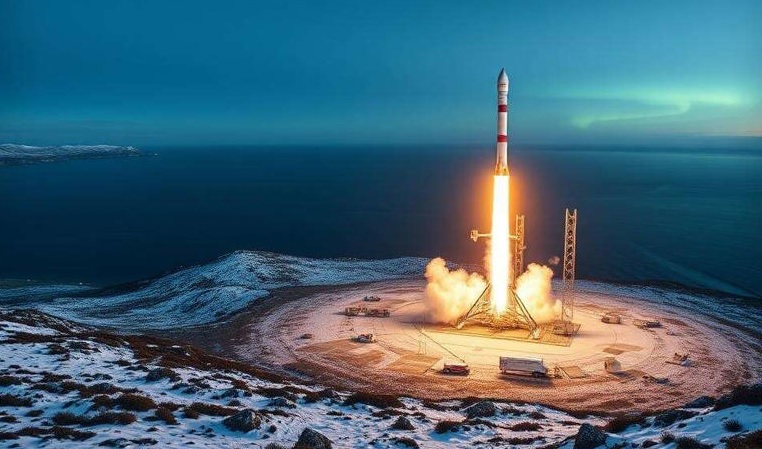In Pakistan Electricity Prices Likely to be Hiked by PKR 3.53 per unit

The Central Power Purchasing Agency (CPPA) has formally requested the National Electric Power Regulatory Authority (NEPRA) to approve a hike in electricity prices by PKR 3.53 per unit, as reported by ARY News on Tuesday. NEPRA is scheduled to review this request on November 29, with the proposed increase aimed at covering the month of October under the monthly fuel adjustment mechanism. If approved, this adjustment is anticipated to impose an additional burden of Rs 40 billion on electricity consumers.
In a recent development, the Cabinet Committee on Energy (CCoE) endorsed a summary stipulating that officers in the power division, ranging from grades 17 to 21, would receive a utility allowance in lieu of free electricity units. This decision has sparked dissent, particularly from the Water and Power Development Authority (WAPDA) Employees Union, leading to protests in Lahore. The union is vehemently opposing the potential discontinuation of the free power facility for WAPDA employees. The President of the WAPDA Union has even issued a warning of a strong reaction if the provision of free electricity to employees is revoked.
In related financial news, it was reported that Pakistan is obligated to repay Rs 360 PKR (approximately 1.25 billion dollars) to Chinese power producers. Concurrently, consumers in Karachi experienced substantial load shedding. Breaking down the power generation sources in Pakistan, hydropower remains the predominant contributor with 38%, followed by LNG-based power generation at 17.17%. Nuclear power generation accounts for 12.79%, while local coal-based generation contributes 10.3% to the national power grid.
An interesting development is NEPRA decision to separately report local and imported coal-based power generation for the first time. The data reveals a significant disparity, with the cumulative coal-based generation (both local and imported) standing at 14.69% in July, compared to a 17.75% share in June. Additionally, power supply from domestic gas has seen a decline, contributing only 7.60% to the national grid in August, a decrease from 7.61% in July, 8.54% in June, 10.35% in May, and 12% in April.



